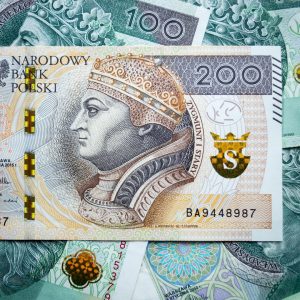Mastering Time Zone Converter for Forex Trading: A Beginner’s Guide
Forex trading is a global market that operates 24 hours a day, five days a week. As a beginner in forex trading, understanding and mastering the time zone converter is crucial. It allows you to know the best times to trade, plan your trading strategy, and take advantage of market volatility. In this beginner’s guide, we will explore the importance of time zones in forex trading and how to effectively use a time zone converter.
Understanding Forex Market Hours
The forex market is composed of different trading sessions that overlap each other. These sessions include the Asia-Pacific session, the European session, and the North American session. Each session has its own characteristics and trading volume.
The Asia-Pacific session, also known as the Tokyo session, starts at 12:00 AM GMT and ends at 9:00 AM GMT. This session is known for its lower trading volume and is usually less volatile compared to other sessions. Major currency pairs like USD/JPY and AUD/USD are more active during this session.
The European session, also known as the London session, starts at 8:00 AM GMT and ends at 5:00 PM GMT. It is considered the most important session because it overlaps with the Asian and North American sessions. During this session, major currency pairs like EUR/USD and GBP/USD experience high liquidity and volatility.
The North American session, also known as the New York session, starts at 1:00 PM GMT and ends at 10:00 PM GMT. This session overlaps with the European session and is known for its high trading volume and volatility. Currency pairs like USD/CAD and USD/CHF are highly influenced by this session.
The Importance of Time Zone Converter
As a forex trader, you need to be aware of the different trading sessions and their corresponding time zones. This is where a time zone converter comes in handy. A time zone converter allows you to easily convert the trading hours of different sessions into your local time.
Using a time zone converter helps you in several ways:
1. Planning Your Trading Schedule: By converting the trading hours into your local time, you can plan your trading schedule accordingly. You can determine the best times to trade based on your availability and preferences. For example, if you live in the United States, you may find it more convenient to trade during the North American session.
2. Taking Advantage of Volatility: Volatility is a key factor in forex trading. By understanding the trading sessions and their corresponding time zones, you can identify the most volatile periods and take advantage of price movements. For example, during the overlap between the European and North American sessions, there is usually increased volatility, presenting more trading opportunities.
3. Avoiding Low Liquidity Periods: Low liquidity can lead to wider spreads and slippage. By using a time zone converter, you can avoid trading during low liquidity periods. For example, if you live in the United Kingdom, you may want to avoid trading during the Asia-Pacific session, which has lower liquidity compared to the European and North American sessions.
4. Analyzing Market Data: Forex traders often rely on technical analysis to make informed trading decisions. By knowing the trading sessions and their corresponding time zones, you can analyze market data more effectively. For example, if you notice a significant price movement during the European session, you can analyze the corresponding economic news releases or events that might have caused the movement.
Tips for Using a Time Zone Converter
Here are some tips to effectively use a time zone converter for forex trading:
1. Set your time zone correctly: Make sure to set the time zone on your converter accurately. This will help you convert the trading hours accurately into your local time.
2. Convert multiple time zones: If you are trading multiple currency pairs from different trading sessions, it is advisable to convert the trading hours of those sessions into your local time. This will help you manage your trades effectively.
3. Consider daylight saving time: Some countries observe daylight saving time, which may affect the trading hours. Be aware of the changes and adjust your trading schedule accordingly.
4. Use a reliable converter: There are various time zone converters available online. Choose a reliable one that provides accurate and up-to-date information. It is also helpful to bookmark the converter for easy access.
In conclusion, mastering the time zone converter is crucial for beginners in forex trading. It allows you to plan your trading schedule, take advantage of market volatility, and avoid low liquidity periods. By understanding the different trading sessions and their corresponding time zones, you can effectively analyze market data and make informed trading decisions. Use a reliable time zone converter and follow the tips mentioned to maximize your trading potential.






